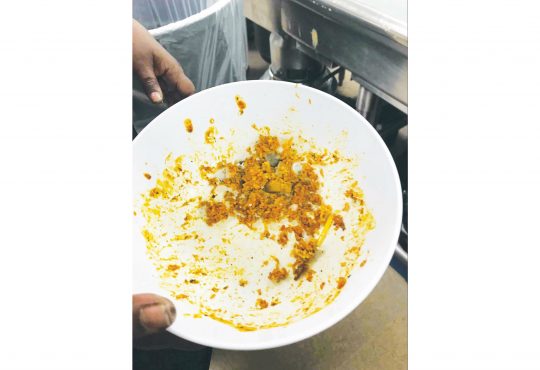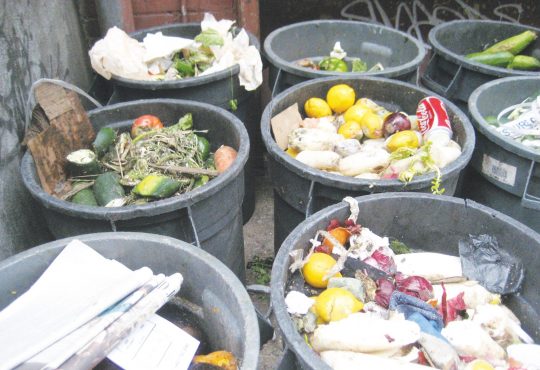by Claire Meyer
It’s 11 p.m. on a Thursday. You have a paper due early the next morning and you are working diligently when you feel a rumble in your stomach. Suddenly you remember that you forgot about dinner!
Without thinking, you get up from your desk, grab your stuff and make your way to the Cellar for that easy late-night slice of pizza. You are in such a rush you don’t even ponder the food you are eating.
Although you may not be thinking about it, the food you are putting in your body has a major affect on your life. We all joke about the “freshman 15” like it’s no big deal. However, people fail to realize that eating unhealthy can affect more than just your weight.
A study conducted at UCLA showed that certain dietary deficiencies have been known to cause mental fogginess and, in the long run, lead to conditions like attention deficit disorder.
Unhealthy eating can also affect how much physical energy you have.
Who hasn’t experienced that hour-long food coma after eating that regrettably-too-big serving of pasta from the Italian station?
Not only does your nutrition affect your grades, but also the amount of energy you have for your life outside of school.
But how can we stay healthy when we are surrounded and constantly bombarded with salty and sugary snacks at the tips of our fingers?
Unhealthy food is so easily accessed that it has become sort of a social bonding ritual, especially at the Cellar, where food is served late into the night.
Going to the Cellar with friends to binge on pizza or ice cream has become a normal pastime at this school.
Eating unhealthy foods is a given at the Cellar because there are pretty much no healthy options there.
Outside of the Cellar, finding healthy options in other dining locations is just as much of a struggle. At the S.U.B., we are inundated with the smells and sights of freshly baked gourmet food from a variety of nationalities.
“The focus seems to be on unhealthy food,’’ first year Kathryn Adler said. “Every booth where there is food you have vegetables, … but the problem is that they are cooked in butter, have lots of sodium and are just probably not ideal versions of themselves.”
As Adler points out, though there are healthy-looking options served along with the rest, they can be deceiving.
I decided to look at the online menu for the S.U.B. and was disappointed to see the real substance of the vegetables I had been making a conscious effort to eat.
The veggies that I loved were packed with unattractive baggage; the sweet sesame ginger tofu had a massive 670 mg of sodium per serving while the pesto sauce from the deli station had 400 mg of sodium and 18 grams of fat.
This is not to say that there aren’t any helpful resources provided by the school for those who want to remain healthy.
The “My Nutrition” section underneath the diner page gives nutritional info on all of the food in the S.U.B. and even shows what will be served for the next week. Also, there are a few convenient health snacks in the refrigerated section of the S.U.B.
Still, there is no denying that the healthy options that are currently available on campus need to be enhanced and expanded.
Dining and Conference Services needs to start not only making health food equally as available as competing junk food, but also more appealing.
Perhaps adding a few more tasty topping options to the salad bar or including a wider variety of prepackaged health goods to our dining locations would be a good start.
However, if we want to solve the problem from the root of it, we should focus on the attitude and culture of our student body. If we were to incorporate healthy eating into our culture and traditions, it would become a lot more common.
For example: perhaps if we replaced some of the items on the Cellar menu with flavorful seasoned vegetable dishes and soups or all-natural fruit juices, those late-night pizza runs would turn into late-night kale salad runs.
These types of items would not only increase the likelihood of healthy eating, but probably sell out rapidly, considering that many students would like to be more health-conscious if it was more available to them.
While this school does a reputable job caring for people with allergies and other dietary needs, the health-conscious has been a demographic that is typically ignored, not only at Puget Sound, but at colleges all over the nation.
Though it may be overwhelming to attempt to change the educational culture of our nation, we can start with our own community here at the University of Puget Sound.





